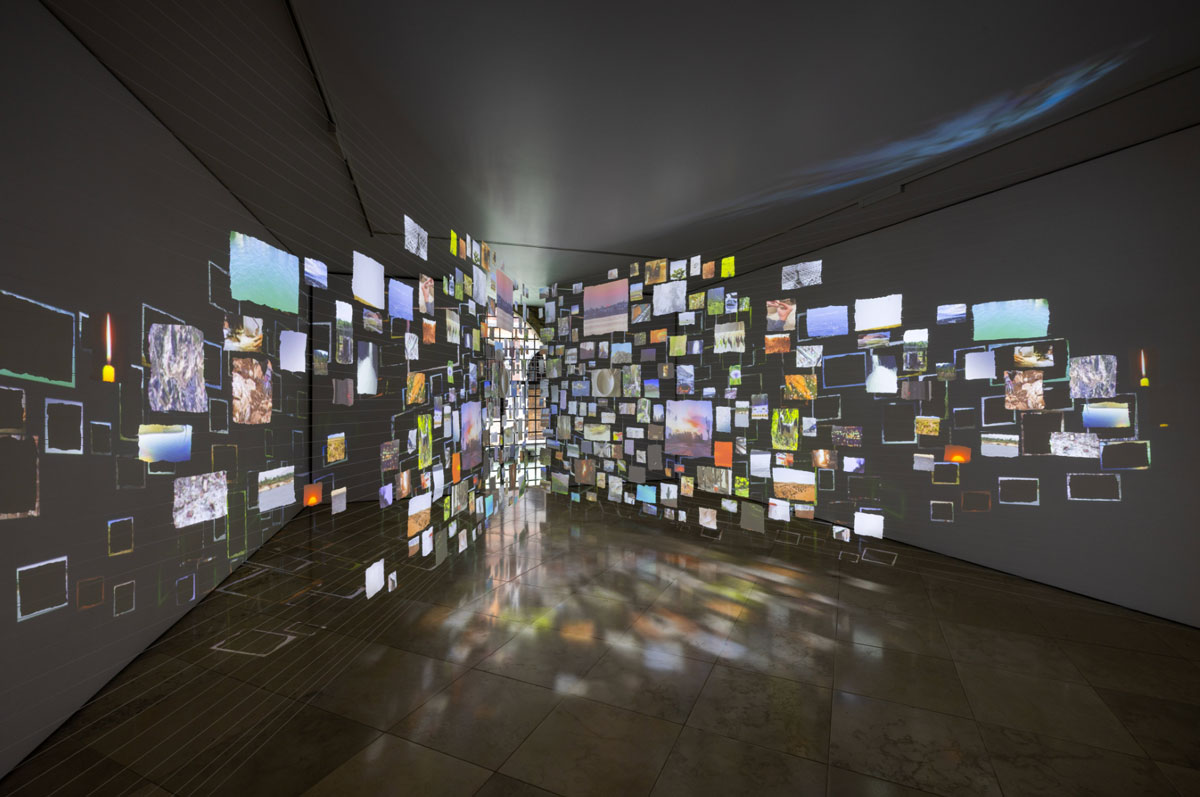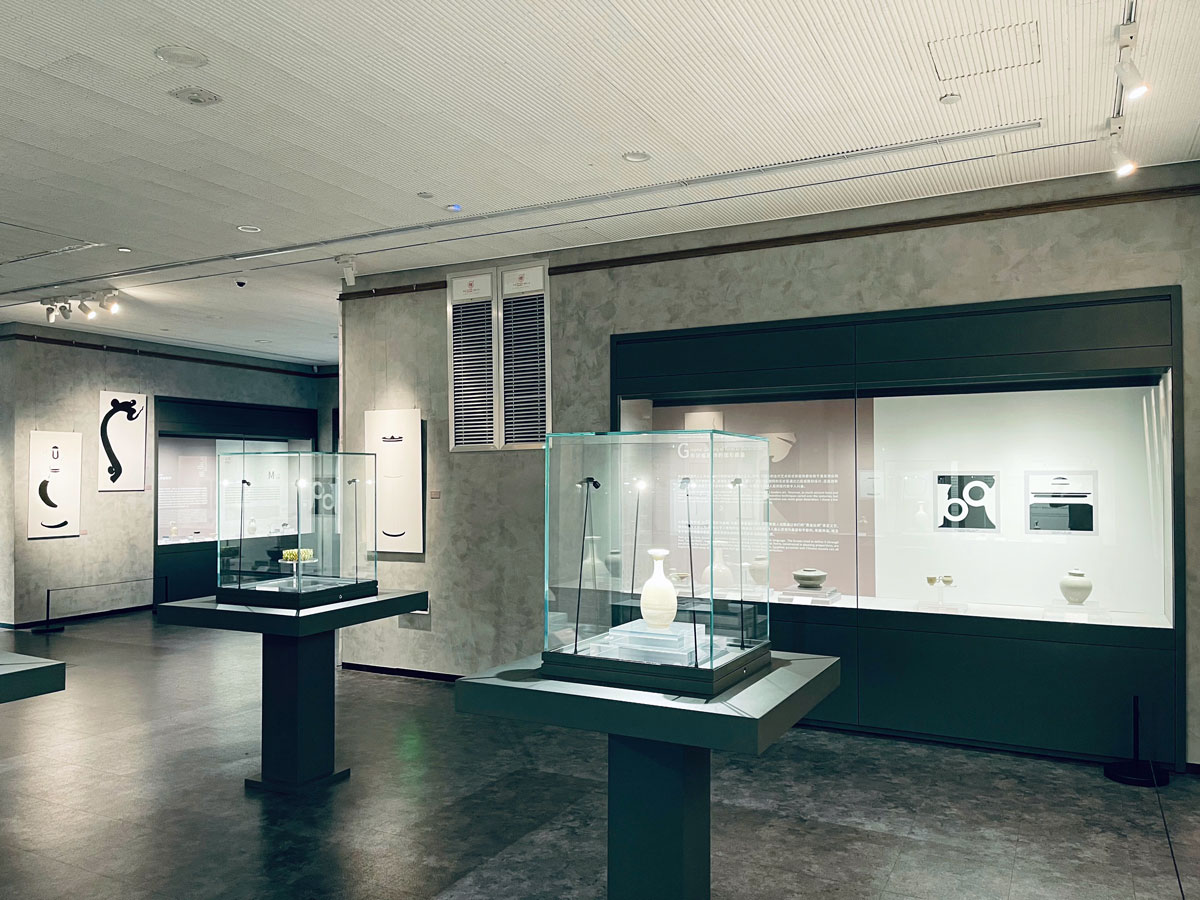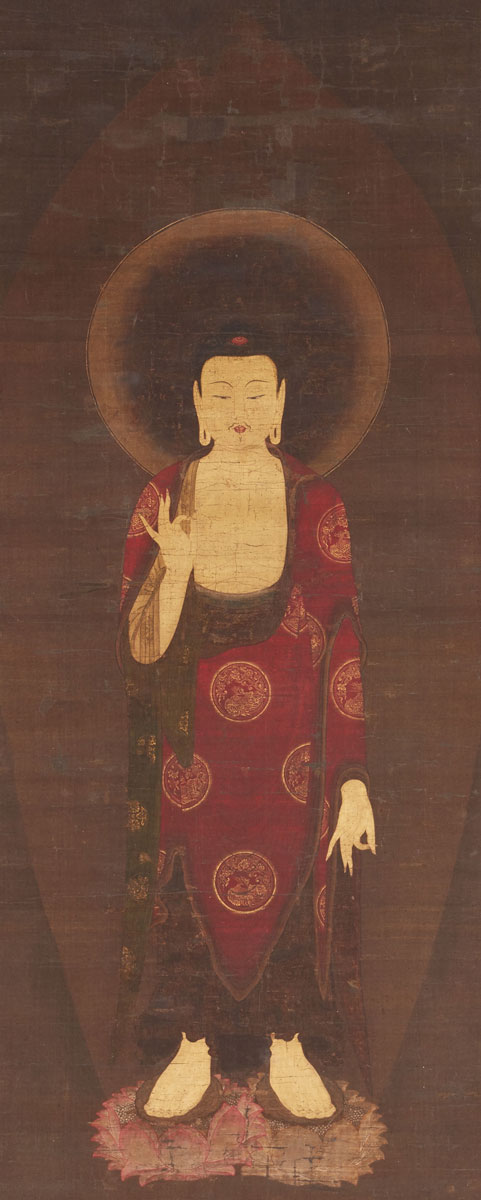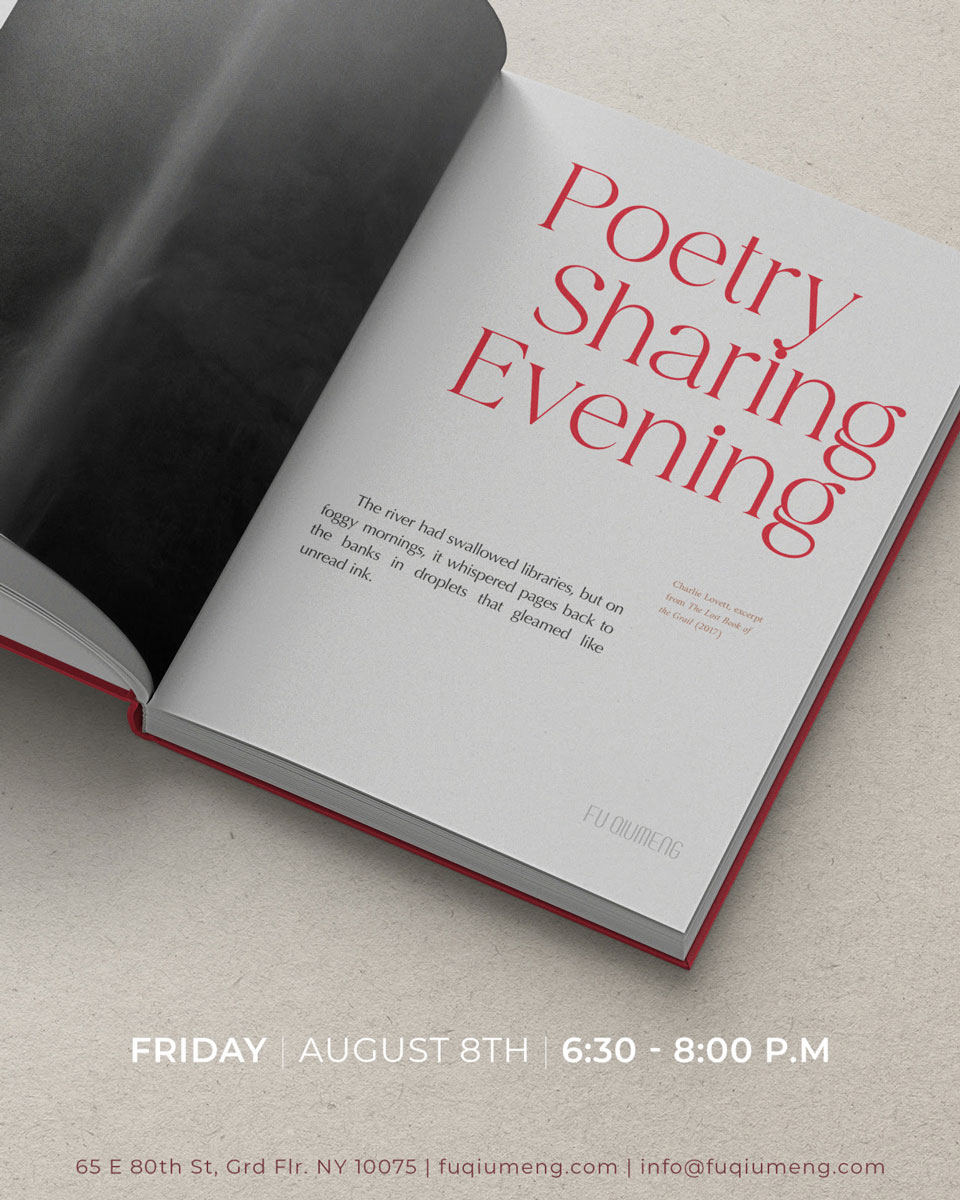
Installation view with flower arrangements by Eriko Nagata Floral Studio, Notes on Blue: The Art of Blue in Japanese Ceramics
Notes on Blue: The Art of Blue in Japanese Ceramics
Closing Friday, August 15, 2025
Closing weekend hours: Saturday, August 9, 11am-5pm; closed on Sunday
18 East 64th St, Ste 1F, NYC
There’s still time to catch Notes on Blue, Dai Ichi Arts’ summer exhibition celebrating the serene and multifaceted beauty of blue in Japanese ceramics—on view through August 15!
In Japanese art history, the color blue (ao) has an enduring legacy in both cultural significance and visual expression. As an island nation, nearly every region of Japan is bordered by the sea, making blue a deep source of inspiration in the physical landscape and the collective imagination. In the world of ceramics, the color blue offers a vast oasis of potential in visual expression, achieved through innovative and technically demanding glazes: most notably celadon and sometsuke (blue-and-white ware). Beyond these glazes, blue also emerges through other techniques such as neriage (marbelized clay), or in sculptural forms where color becomes structural rather than surface.
This stunning exhibition explores the diverse ways in which contemporary and modern ceramic artists engage with the color blue in visually compelling and innovative ways, celebrating its beauty, material complexity, and legacy in Japanese contemporary art and art history.
The gallery is also excited to launch their new E-Shop on Monday, August 11! They hope to bring more beautiful experiences for collectors, connoisseurs, and curators of Japanese ceramics. Stay tuned for more exciting news!
To view exhibition works, click here.









